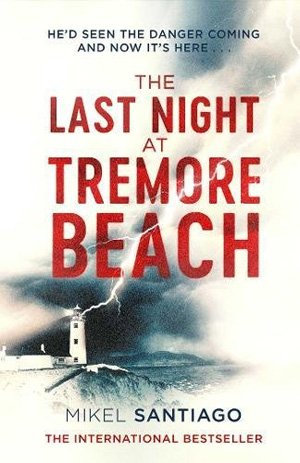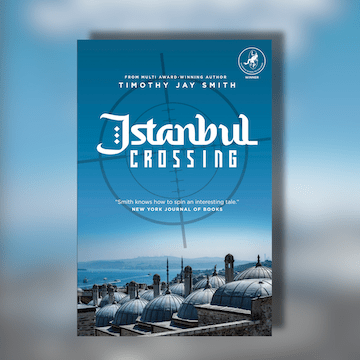 Written by Mikel Santiago, translated by Carlos Frias — Musician Peter Harper has tasted the big time. He’s won awards for his movie soundtracks and television theme tunes and his career is on the crest of a wave. Then it all comes tumbling down. His wife reveals she is in love with another man, a painful divorce follows and as Peter seeks solace in the bottle he finds it impossible to write music any more. He flees Amsterdam to find peace and inspiration back in the land of his birth, and decides to seek solace on the Irish coast.
Written by Mikel Santiago, translated by Carlos Frias — Musician Peter Harper has tasted the big time. He’s won awards for his movie soundtracks and television theme tunes and his career is on the crest of a wave. Then it all comes tumbling down. His wife reveals she is in love with another man, a painful divorce follows and as Peter seeks solace in the bottle he finds it impossible to write music any more. He flees Amsterdam to find peace and inspiration back in the land of his birth, and decides to seek solace on the Irish coast.
An isolated cottage right on the shore at Tremore Beach in wildest Donegal sounds like just the place, and as Peter and his Steinway move in he has high hopes. The locals from the little nearby town of Clenhburran seem friendly enough, and Peter’s nearest neighbours – a couple of miles away – are a welcoming pair. Leo and Marie Kogan are American, and have retired to Ireland after a career in hotel security. They take Peter under their wing and slowly he begins to heal.
Until, that is, the night when a huge storm hits and Peter, driving home after dinner at his friends’ house, is struck by lightning. The strike leaves him with strange, tattoo-like marks on his body and a recurring headache but he is grateful to be alive and relatively unscathed. Then the horrific lucid dreams begin and suddenly Peter is struggling to tell truth from fiction. He becomes convinced that danger is coming to his remote part of Ireland – but how can he make people believe him?
My second review so far this year where the theme is lucid dreaming (the first was Sarah Pinborough’s Behind Her Eyes), and this one is by far the more believable. Peter’s growing confusion over his night visions makes for compelling reading and he is an interesting central character in a debut novel, which was highly-regarded when first published in Spanish in 2014 and became an international best-seller. It’s an interesting plotline, part thriller, part mystery, with a liberal helping of the supernatural thrown in for good measure.
Spanish-born Santiago has spent time living in Ireland, but little of the local knowledge he must have acquired during his stay comes across here. The setting is so rugged and wild that I expected it to become something of an additional character as the tale progressed. Sadly, there were no brightly descriptive passages to bring the place to life and that’s such a pity. Books like Simon Sylvester’s The Visitors and Amanda Jennings’ In Her Wake are great examples of how a moody sense of place can lift a novel to another level, using similar settings.
There are some glaring errors too – nothing in Ireland is paid for by ‘city hall’ and the idea of there being a ‘state highway’ in Donegal made me laugh out loud in disbelief. In truth, this book is hampered by translation that jars and is confusing at times. Is it in American or UK English? I really don’t know, because there are paragraphs that contain both. Spellings such as ‘axe’ and ‘ax’ alternate in most annoying fashion.The dialogue contains Americanisms like ‘gotten’, which don’t ring true. We’re not asking for thick Irish brogue, but a few local phrases here and there wouldn’t have gone amiss.
The Last Night at Tremore Beach is worth reading for its storyline but is let down poor translation and editing. And that’s a shame – we expected better from such a big name in publishing!
Simon & Schuster
Print/Kindle/iBook
£4.99
CFL Rating: 3 Stars









